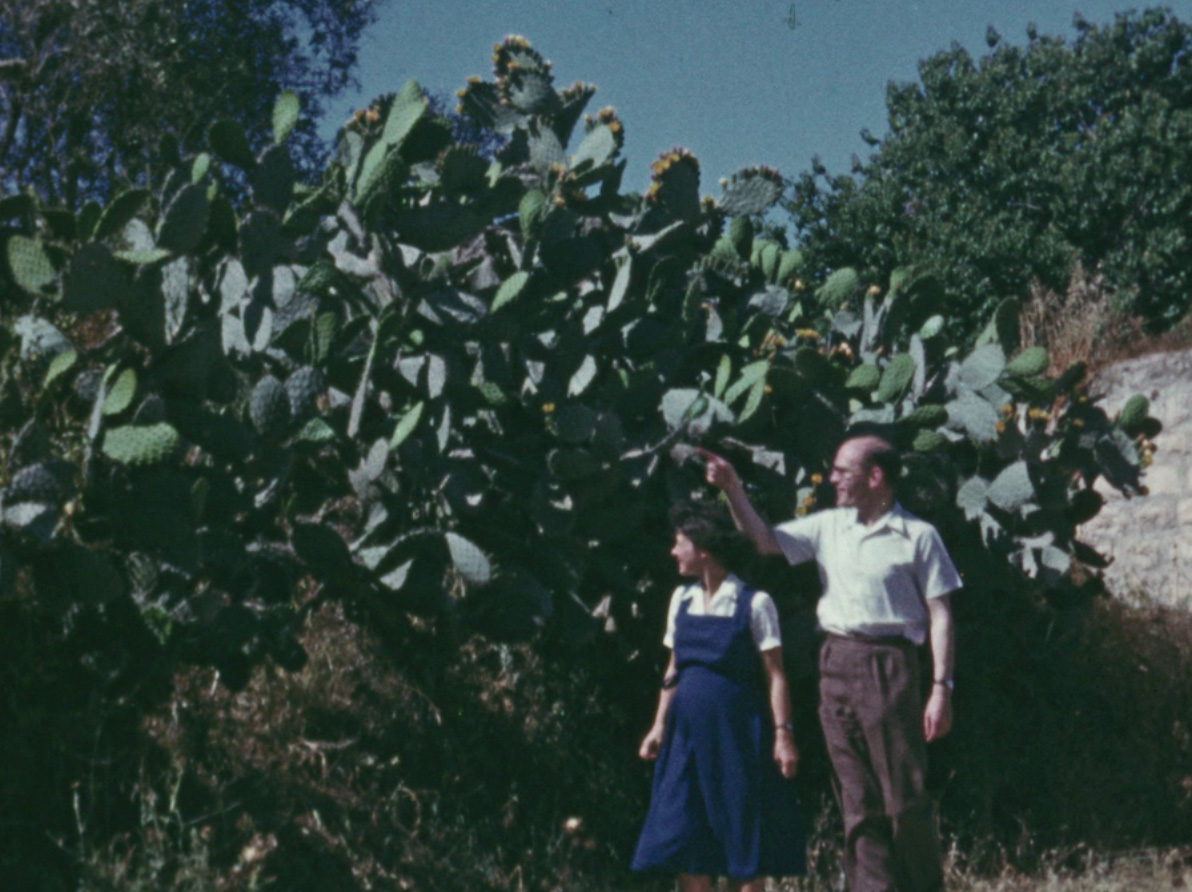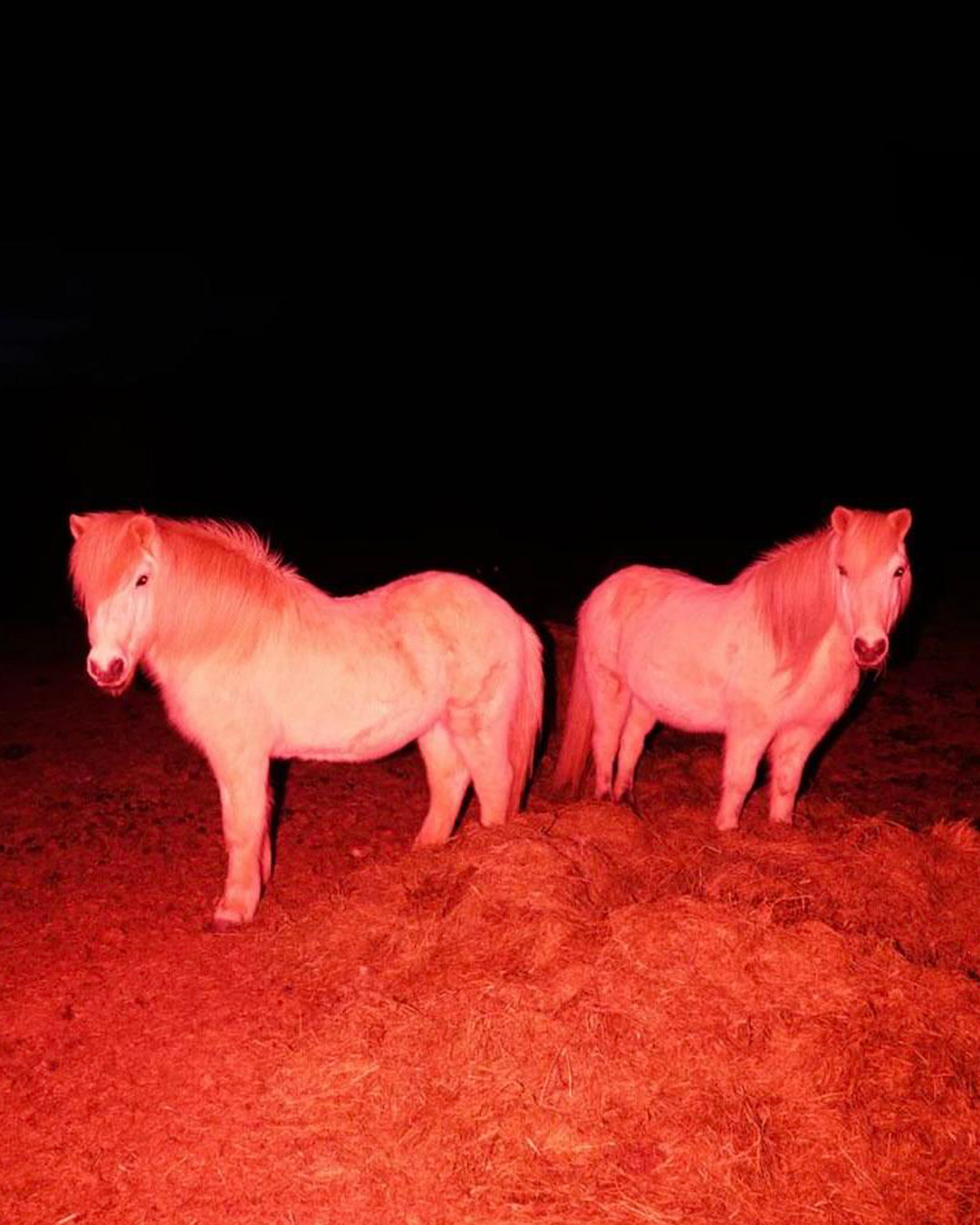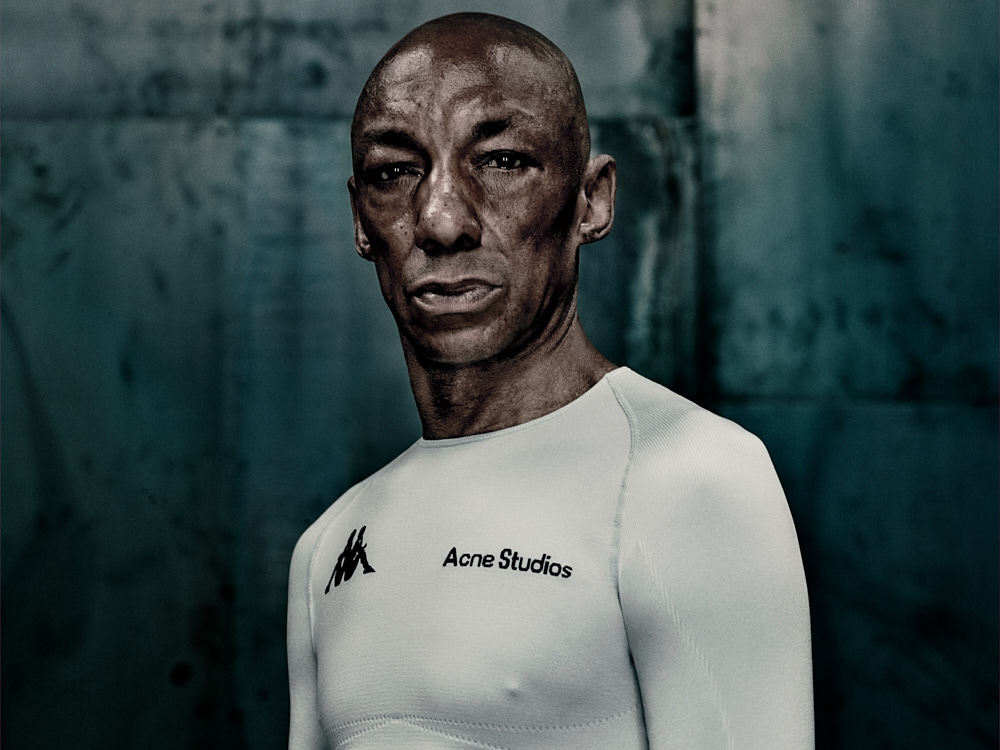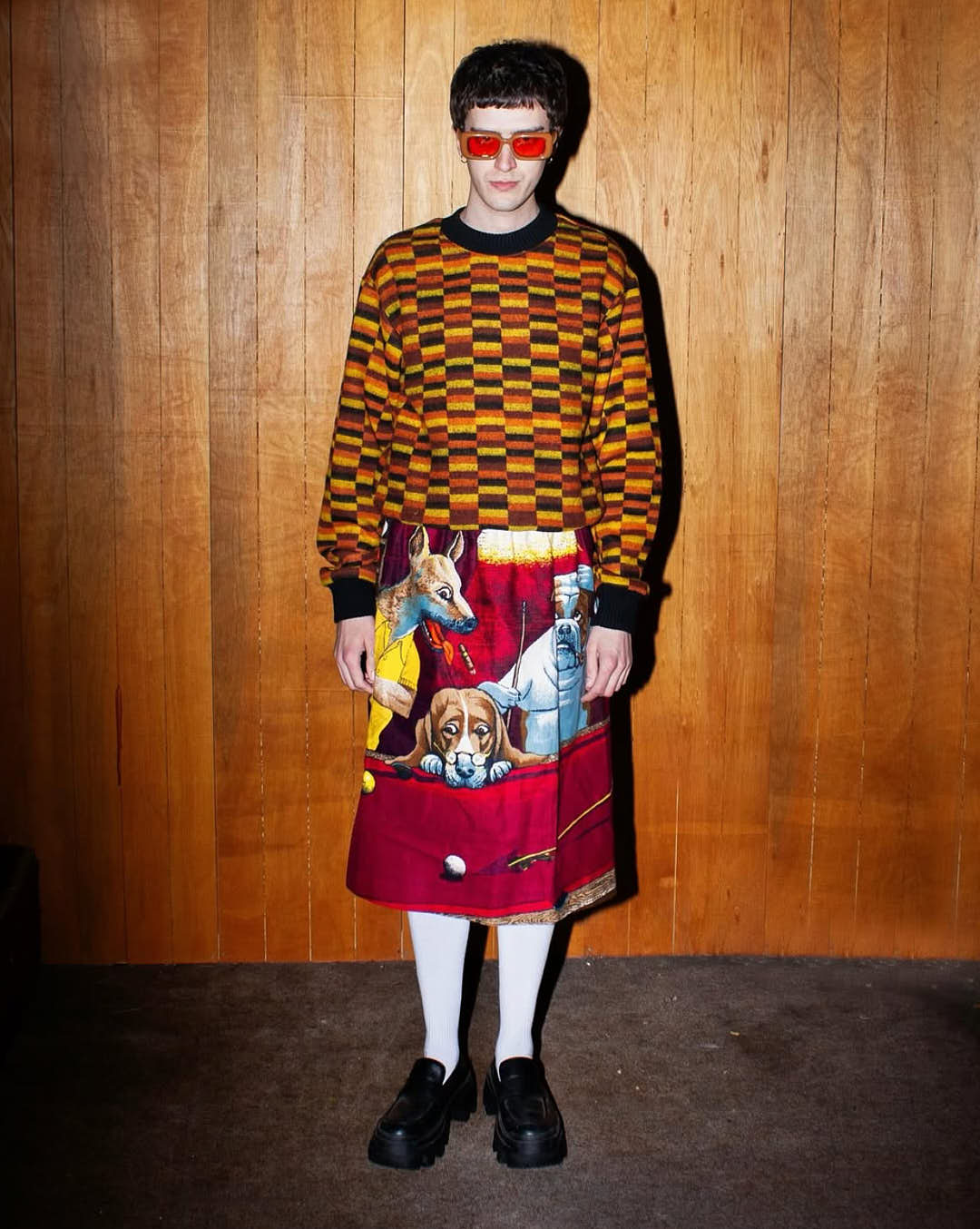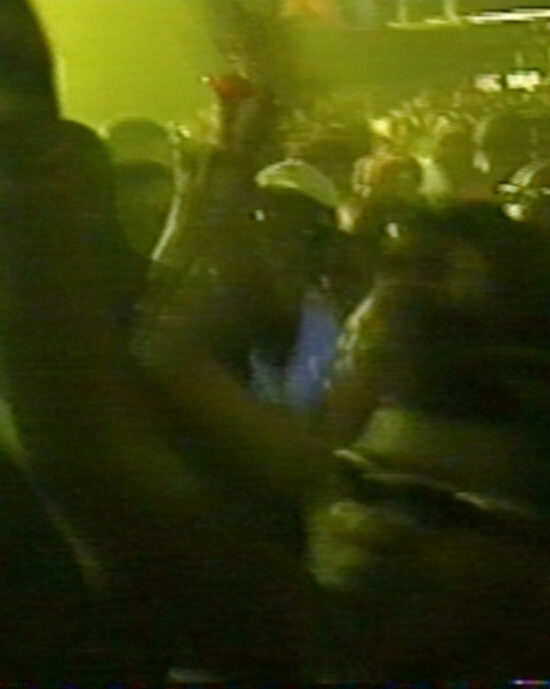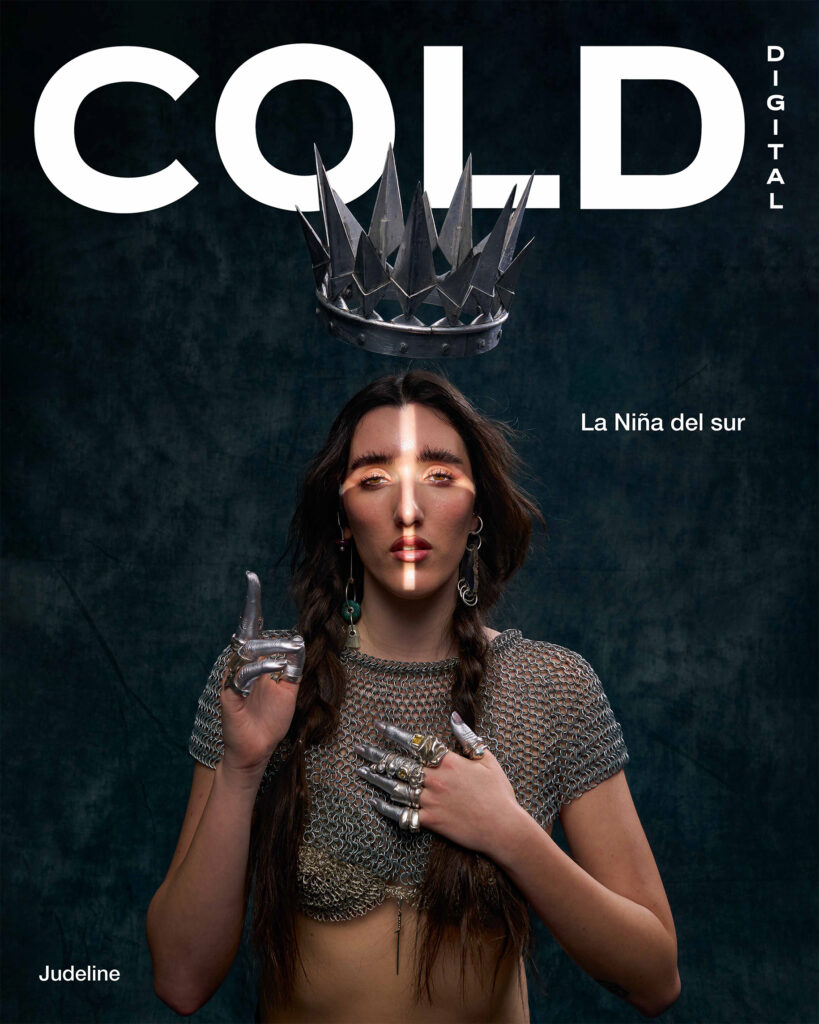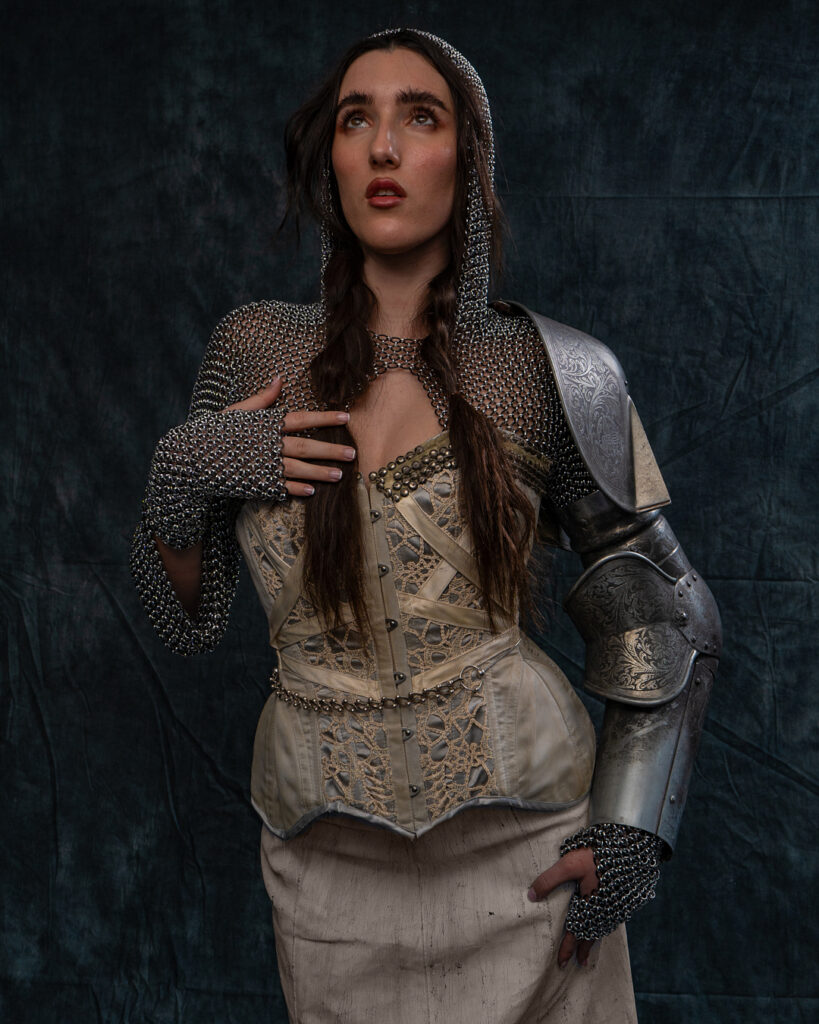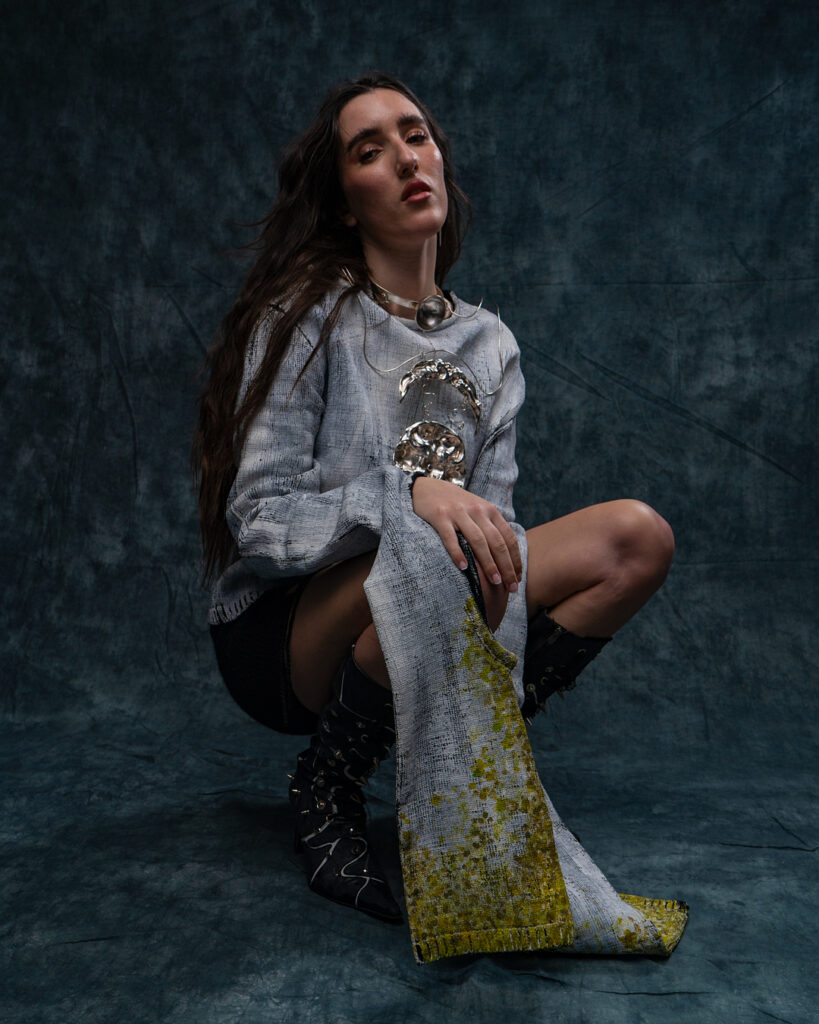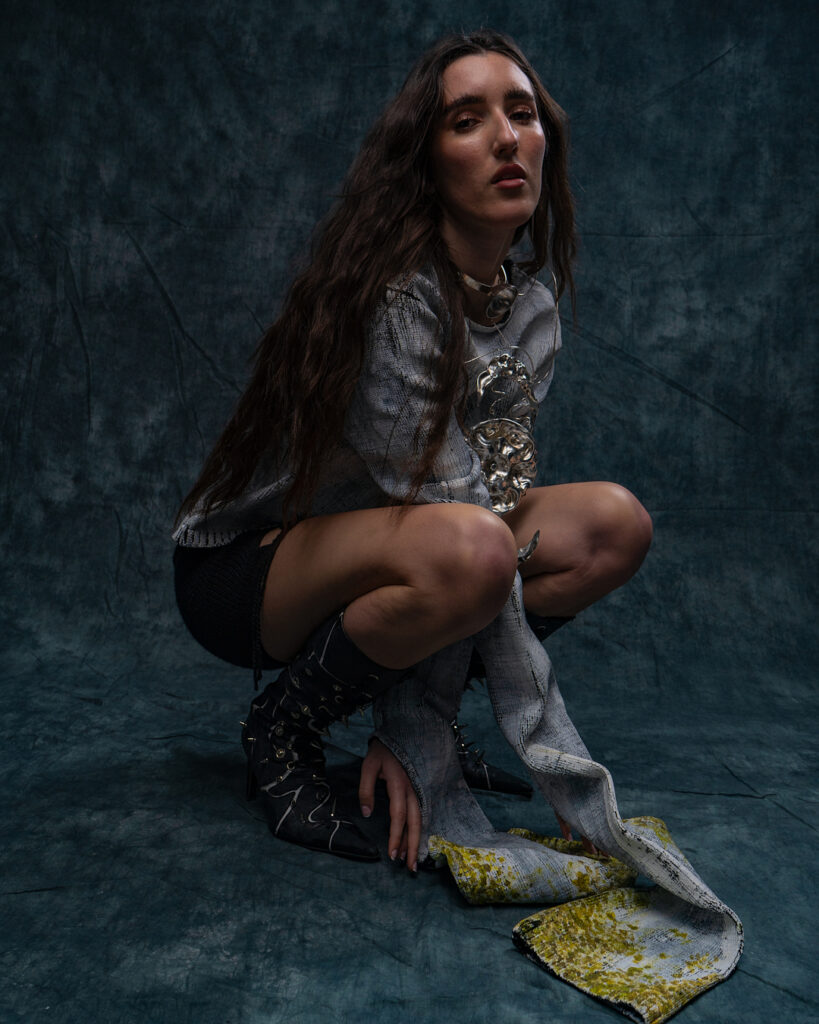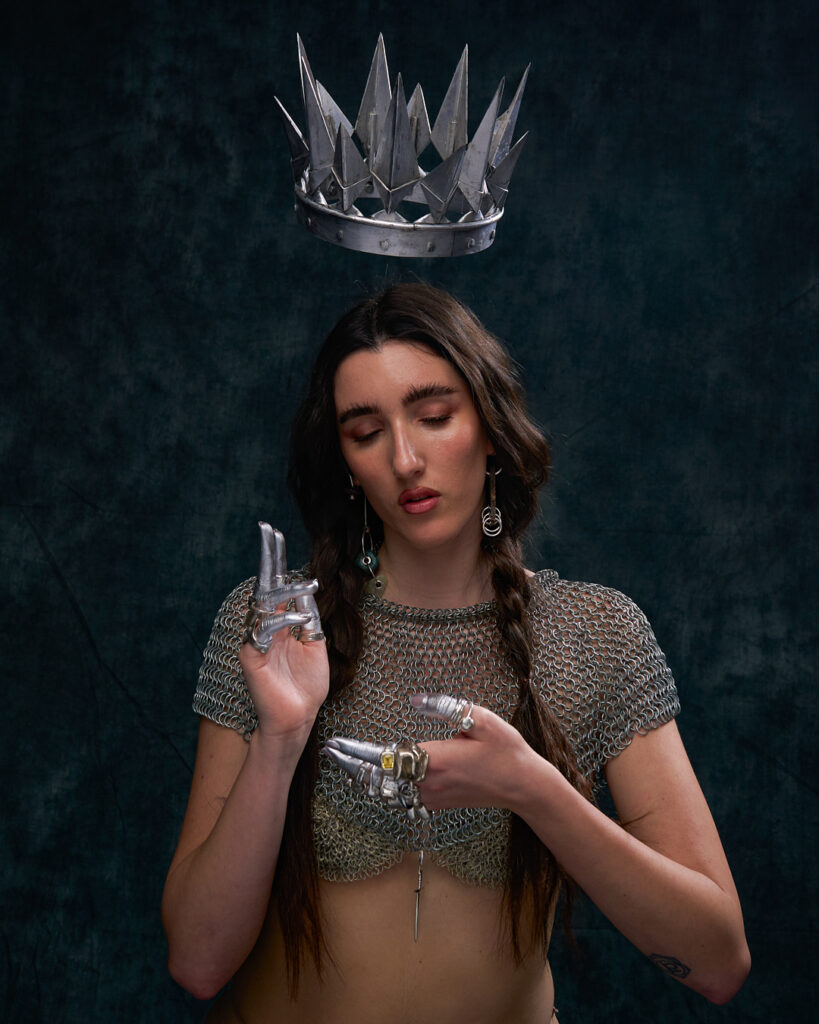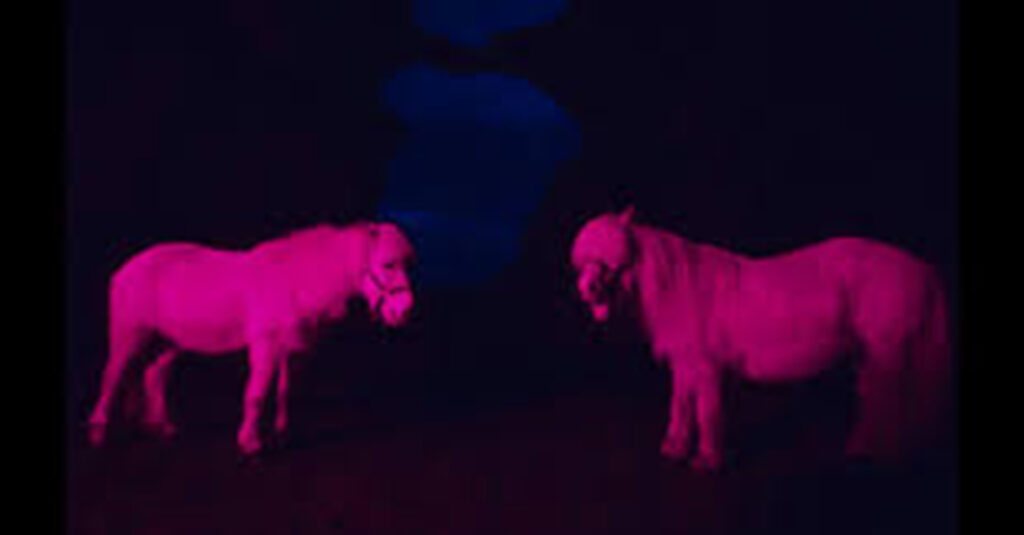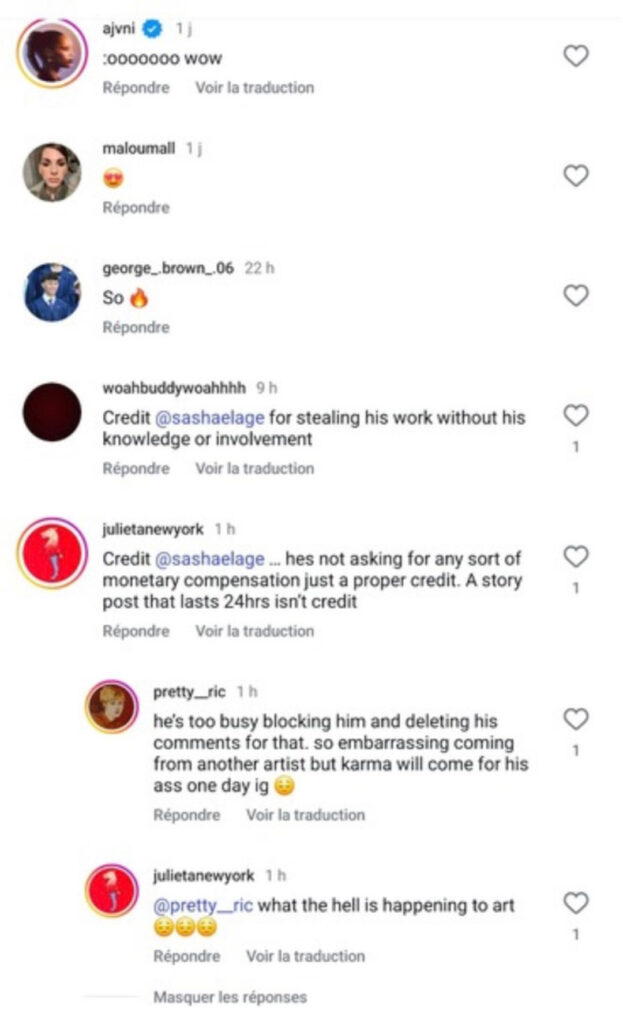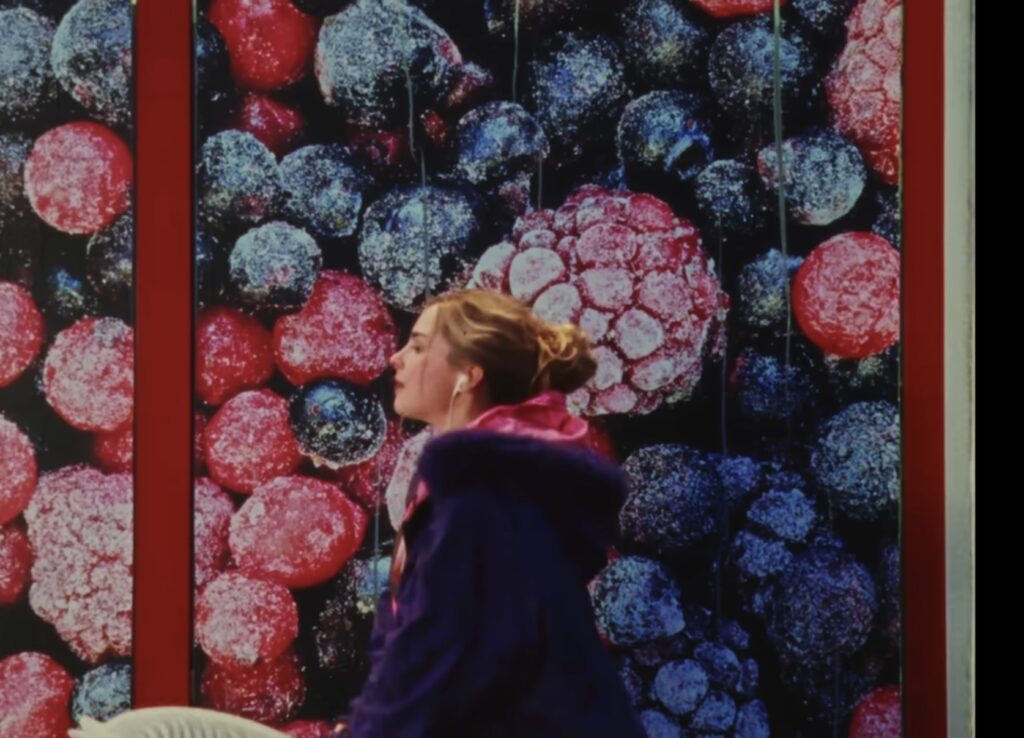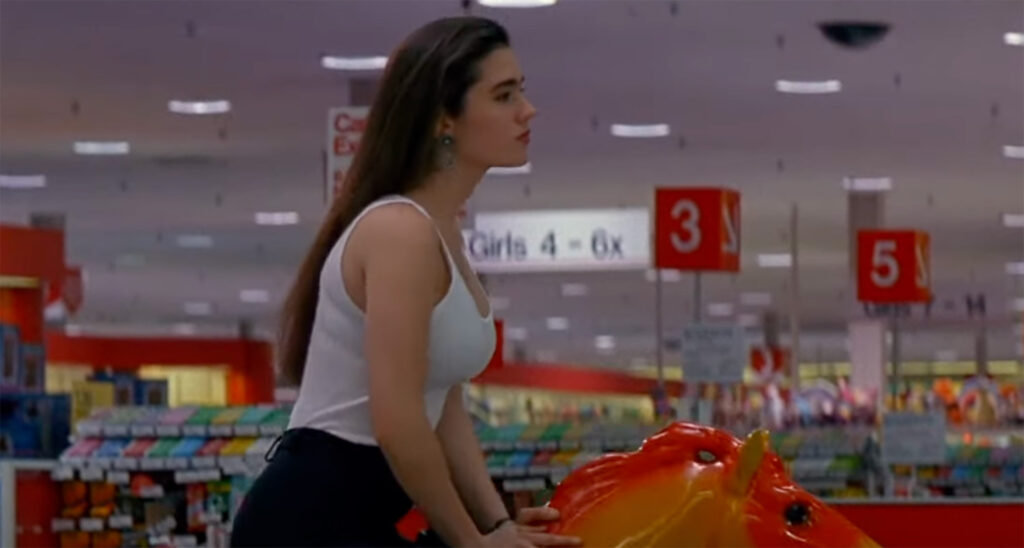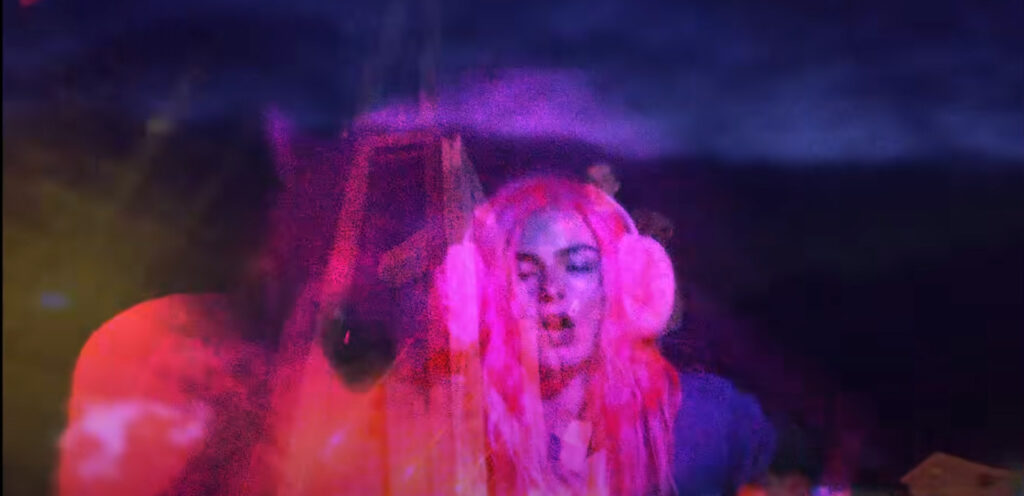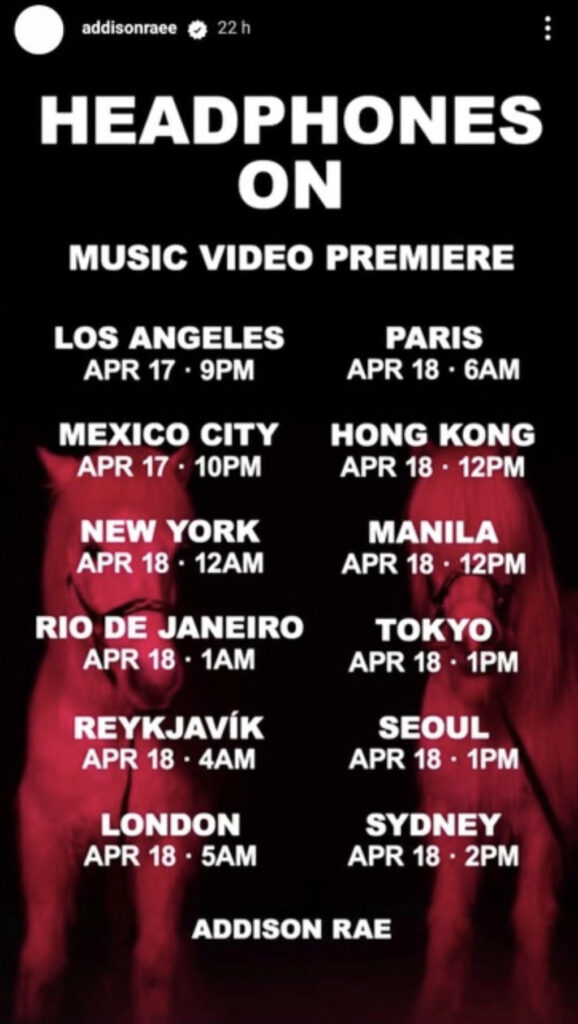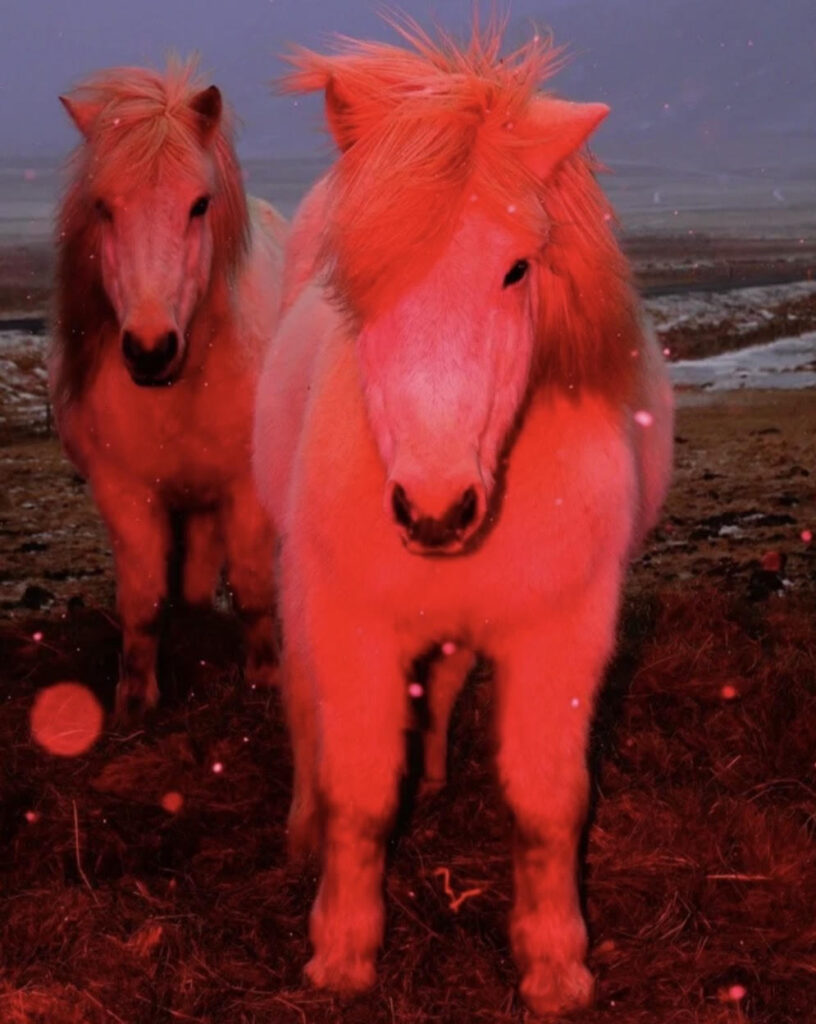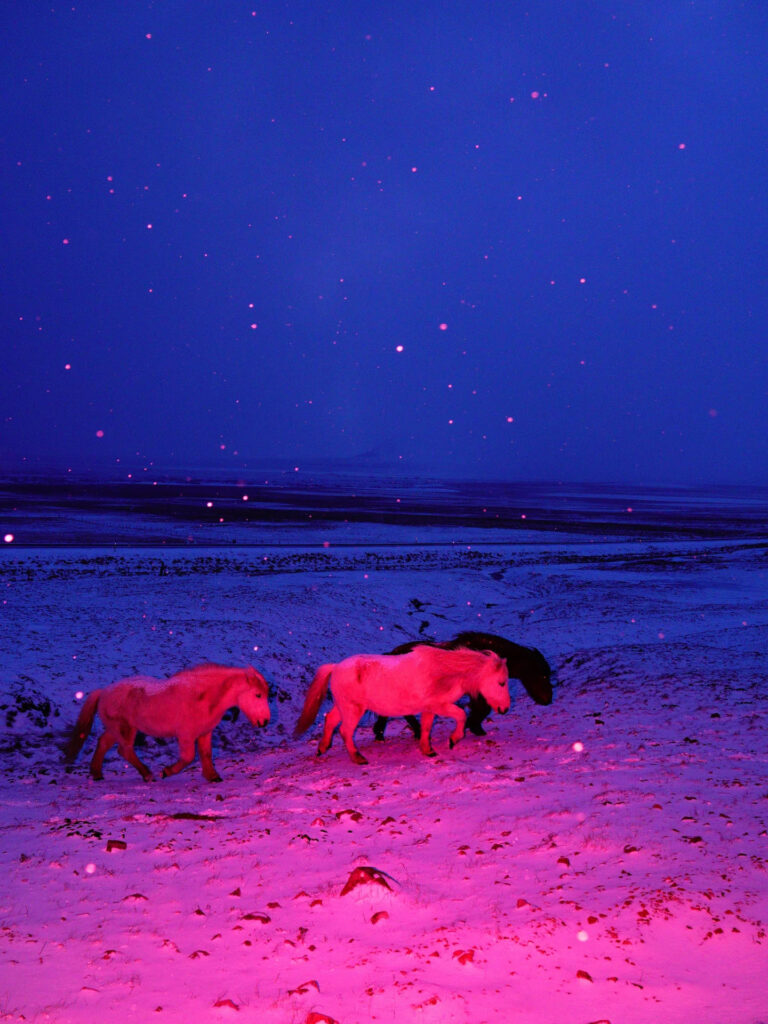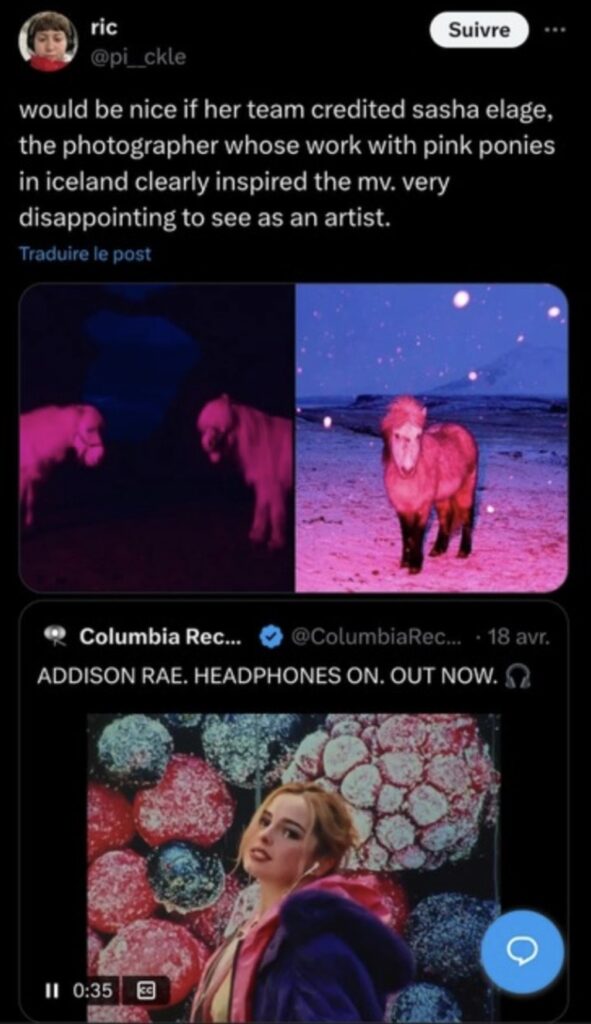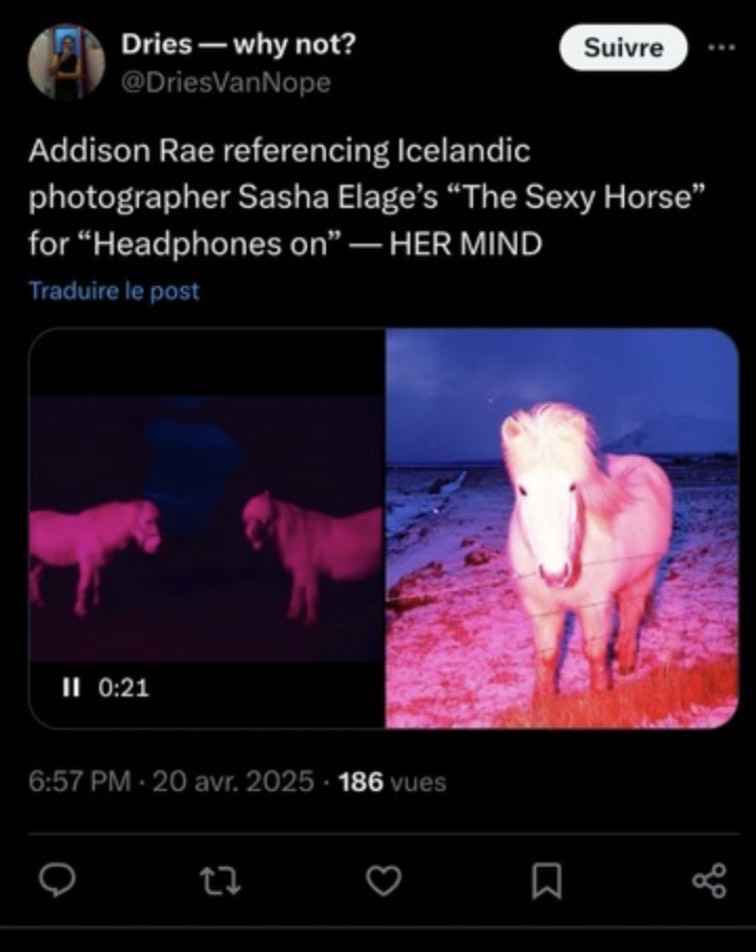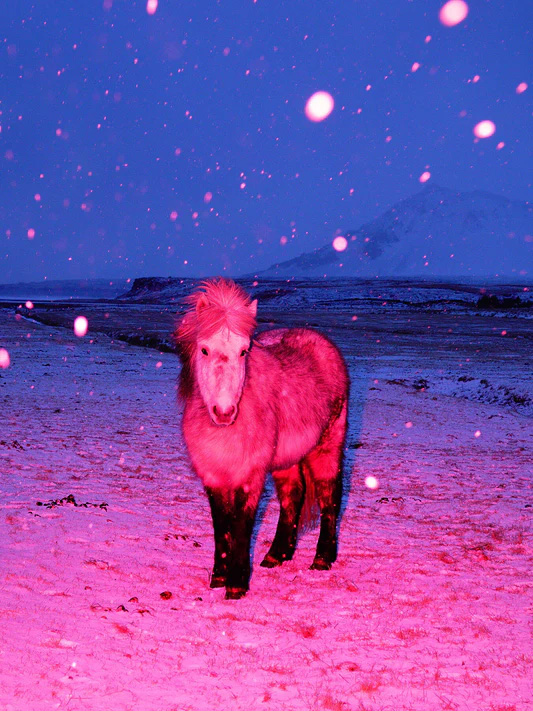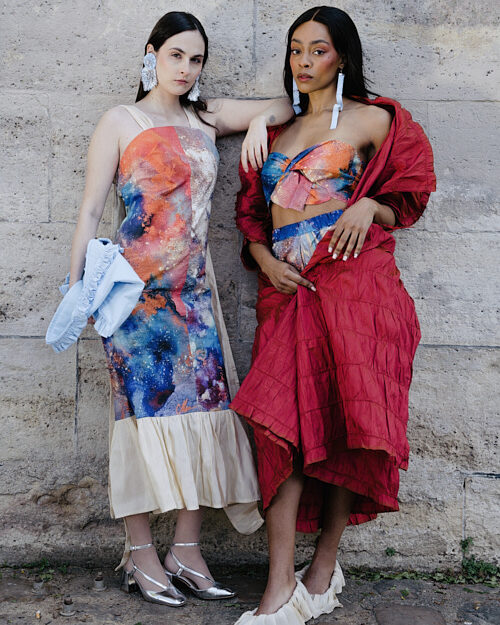
Anja Matičič
CM: How would you describe your identity as a designer in a few words?
Soft and dreamy, poetic with touch of experimentation. Blending textile design, storytelling and sustainable patterns innovations.
CM: What inspired you to become a designer and start creating fashion?
I was drawn to design by a deep need to express emotions through materials. Fashion became my way of telling stories: about identity, memory, and the feeling of home. I’ve always been fascinated by how textiles carry meaning, and creating garments allows me to put together concept, and emotion into something tactile and alive. Also my grandma could be responsible for loving the clothes. She sew me a carnaval custom when I was 6 and it is one of the first times I tried sewing machine. And I loved what she made. I was also always artistic and my mom loved to make birthday and holiday cards. It was the things we were doing together. Design was also always the way of expression and also escapism.
CM: What concept or message drives your work?
Finding the fragility and beauty and uniqueness. Each collection drives in its own way and it is often originating from the fabric and what I already have. I also got some fabrics from the trend books deathstock which I also used partly for the new SS26 collection. Fashion is not just about appearance, but about feeling. It is a silent language between the body, the material and the world around us.
CM: Where do you draw inspiration for your collections?
From personal memories and emotions. I specifically feel inspired from the fabric and architecture. Textile drives my way in a lot of approaches and lately draping it, making the things from one square piece of textile is my turn towards sustainability. It feels like a game where you fold and turn and if it does not fit your idea you do it all over again.
CM: Is there a personal story behind your journey as a designer?
Growing up in Slovenia, surrounded by nature and folk traditions, I developed a sensitivity to the poetic in the everyday. Later, living, working and studying across Europe: from Ljubljana to Helsinki, Madrid, and Paris. I found new layers of inspiration in cultural contrasts, emotional landscapes, and architectural forms. Fashion became even more my way of processing and expressing what I couldn’t always say aloud: feelings of longing, transformation, or melancholy. It allowed me to build narratives through textiles, to turn personal stories into tactile experiences. I would say my story still evolves but definitely it helped me for example studying for half a year at Aalto university in Finland where I discovered my love for making of prints for textile and experimentations with fabrics. Then I moved to Paris for love and career.
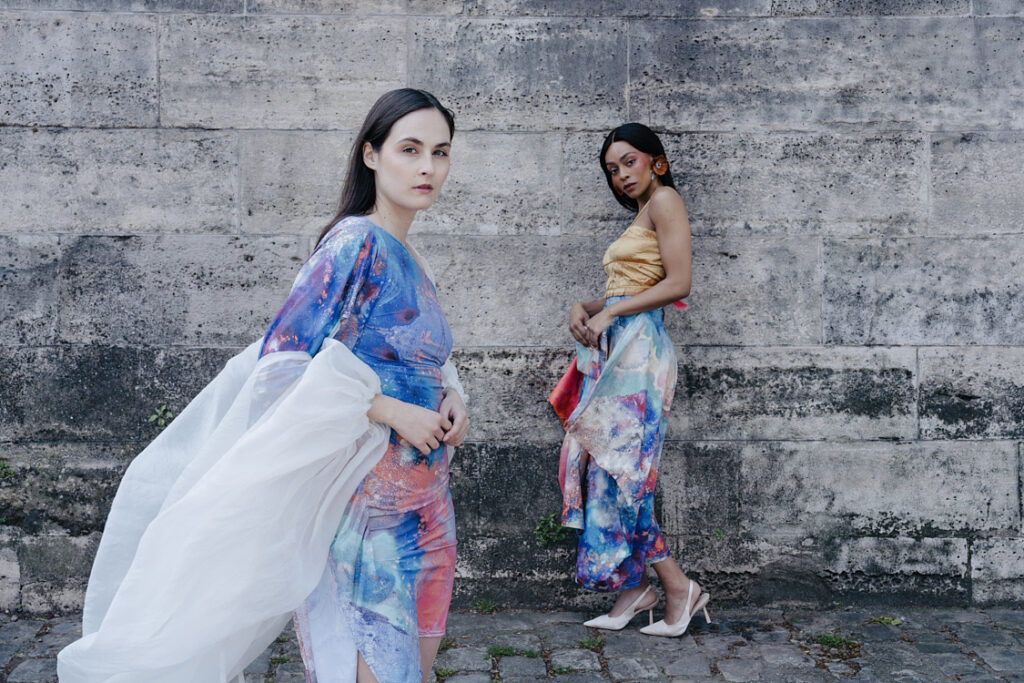
CM: What is your approach to design? Do you start from an image, a fabric, a feeling…?
Usually the all from above. But many times the fall of the fabric and prints guides the way.
For the latest collection SS26 that will be presented at VBRA Venezia show with title Take me to the moon, the collection is inspired by the collaboration with an artist Alma Lovrenčič. I was inspired by one of her paintings and she loved what I previously done, so we decided to collaborate and transform it into the collection of clothes and accessories.
CM: How do you select the materials or techniques you work with?
I love softness and transparency and interesting structures gatherings and layerings. My favorite technique is to take the piece of rectangle and drape it on the body/the mannequin.
It makes me create interesting structures gatherings and volumes with fabric guiding the way. I also love to check what I already have at home and see what can it come from it.
CM: Is there a particular piece or collection you feel especially connected to? Why?
From the Take me to the moon collection, I feel especially connected to the red coat. It feels like a self-portrait. It draws me in with its rich texture, the uniqueness of the fabric, and its bold volume. It embodies my love for draping and my commitment to sustainability, being crafted from a single rectangular piece with zero waste. The silhouette carries subtle references to the kimono, a form I’m endlessly inspired by. I think I was subconsciously influenced by an exhibition I saw at the Musée du quai Branly in Paris, which featured
gold-threaded textiles and an incredible collection of kimonos. That visual memory stayed with me and quietly shaped the coat’s form.
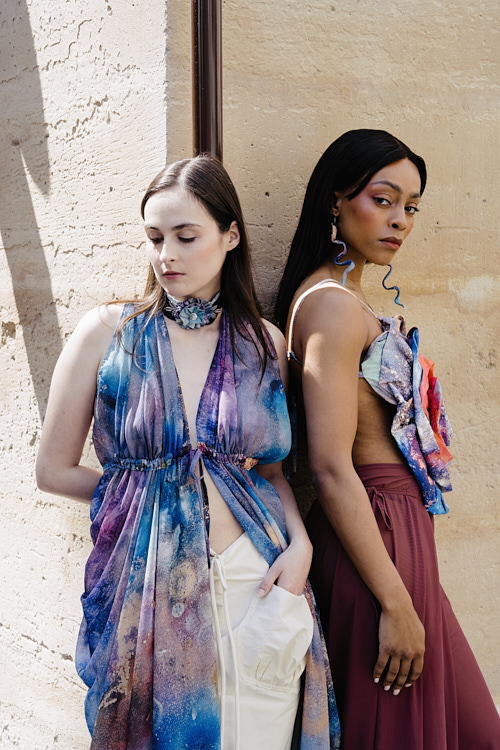
CM: What are the core values that guide you as a designer (e.g., sustainability, craftsmanship, inclusivity)?
The sustainability and inclusivity of the pieces is what I think describes me the most. I love to create wearable but special designs that people would love and would keep with them long since they bring big emotional value.
CM: How do you relate to the concept of ethical or sustainable fashion?
For many ideas I try to transform rectangle pieces like drawings into my ideas. That way if I am no longer happy with design I can simply unstitch the seams and I am back at the start.
So zero waste patterns is definitely one of the approaches I use more and more. Also I always search for death-stock materials and leftovers I already have at home. I also do some recycling but it always depends from the idea and the project. If I create digital printed prints I try to choose gots certified fabrics and water based inks. And for example for my Intertwined collection I used old ikea curtains I found at recycling center in Helsinki.
CM: Who do you envision wearing your creations? What does your ideal community look like?
My ideal community would be the one that understands how much love time and effort is put into this work. To hold to my designs as their dearest memories and wears them for long. But work wise I like to surround myself with different openminded out of the box thinkers which expand my horizons and view on the design and art work.
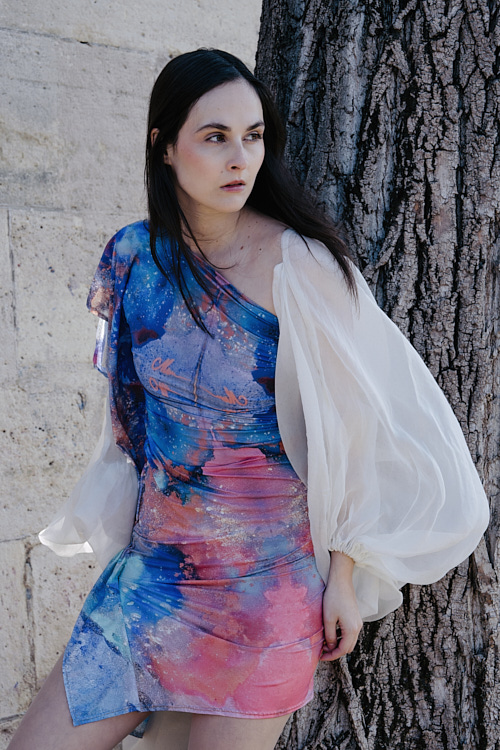
CM: What has been the biggest challenge in your journey as a designer so far?
One of the biggest challenges in my journey has been developing my own designs, staying true to myself while also working as a graphic designer. It’s a constant balancing of finding the time, energy, and mental space to explore ideas deeply after a structured workday. Also the industry itself can feel limiting at times, especially for designers who want to work slowly, sustainably, and experimentally. There’s often more space for speed and surface than for emotional depth or material exploration. Navigating this while staying true to my values hasn’t been easy, but it’s taught me persistence, clarity, and the importance of creating designs on my own terms.
CM: What does it mean to you to be “emerging” in today’s fashion world?
To be emerging in today’s fashion world means searching for space in a fast-moving, overcrowded landscape. All this while staying true to my own vision. It’s easy to get swept up in the pressure to be visible, to follow trends, to constantly produce. But I’m more interested in questioning those rhythms, in creating work that feels honest and reflective of my values.
For me, it’s about staying present in the process, listening to my intuition, and carving a path that’s slower, more thoughtful, and rooted in meaning with my own designs.
CM: What is your long-term dream or goal as a designer?
My main goal is to be able to work on my own designs full time and be recognisable in this world of fashion enough to be keep able to build garments that are sustainable and carry stories. My long-term goal as a designer is also to make clothing creations that are in between fashion, art, and textile craft, where each piece tells a story, holds emotion, and reflects a deep respect for materials and process. I want to keep exploring sustainable and experimental approaches, not only in how I create but also in how I present. I imagine future collections being shown in galleries or immersive spaces, collaborating with other artists, and reaching people who connect with slowness, texture, and sensibility. Eventually, I hope to develop a thoughtful label or studio practice which stays true to my values and allows me to keep growing without compromises.
CM: Is there a mentor, figure, or brand that has deeply inspired you?
There is not a single mentor and inspiration figure, but for example I just love Cecilie Bahnsen with her material transparency and sensitivity, Schiaparelli with all the art inspired designs and Loewe under Jonathan Anderson with materiality and emotion coming together in such a sensitive and intelligent way. It is less about the person but more about a feeling the creations evoke. I would say it also depends upon the collection and story it holds for it. I am deeply “mentored” by historical fashion documents and drawings, exhibitions and books.
I also feel strongly inspired by industrial designer Simon Searle with his sensitivity towards details and how the human body is impacted with environment around us.
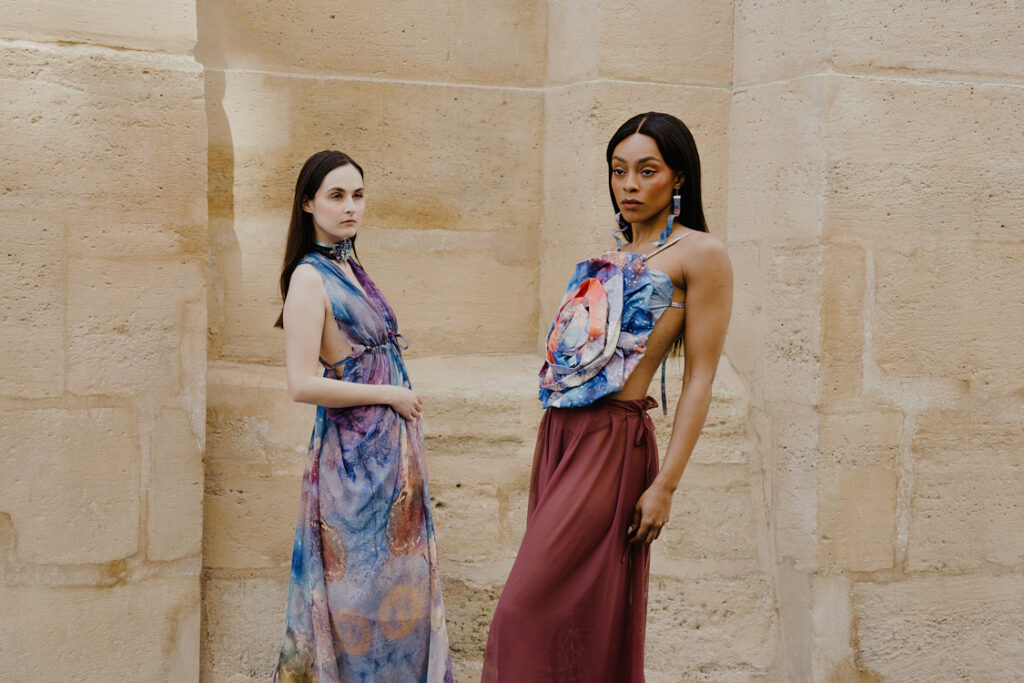
CM: How do you envision the future of independent fashion in the coming years?
I am still waiting for people to realise individuality is important and to not always follow the trends. I am hoping more and more the special pieces will be valued in this fast fashion pasted world. I am hoping independent designers will be able to raise and create what they love with fair wage. There is so many talented designers but sadly many do not have enough finically support or resources to keep up working on their own designs. I imagine and hope that the future of independent fashion will become more fluid, intentional, and emotionally driven. I think people are growing more tired of speed and surface, and there’s a slowly a shift toward slower processes, deeper stories and more conscious ways of creating. I hope we will see more designers embracing imperfection, experimentation, and craft. Not because of just aesthetics but embracing them as values. In independent fashion I hope to see space for cross-disciplinary work, collaboration, and alternative ways of showing and sharing.
CM: What role do you think fashion plays today in storytelling or activism?
Fashion was and it is always important. Clothing can express more than just feeling good in it. It can progress society and reflects social perspectives. For me, fashion is both storytelling and quiet activism. It’s how I express what’s hard to put into words like feelings of home, loss, transformation, or care. In a world that feels increasingly uncertain, clothing can reflect what we’re going through and what we hope for. It can be shelter or protest, comfort or a call for change. Through slow processes, handwork, and zero-waste methods, I try to create garments that hold meaning. I believe fashion can still move us and help us imagine something better.
CM: Are there any upcoming projects or collaborations you’re currently working on?
I always try to stay in movement and search for new challenges. I collaborate a lot with different photographers and stylists. I also have some new projects coming up. Currently I am working on one special collaboration with Japanese photographer Nobuo Iida to create a unique clothing piece and I am super excited how will it turn out. And of course then hopefully I will be already working on the collection for the next year.

CREDITS:
Photographer: Qunqing LIU @ellestafish
Artistic direction:
Alma @allmaverse
Designer: Anja Matičič @anjam_design
Artist: Alma Lovrenčič @allmaverse
Clothing collection creative director: Anja Matičič
@anjam_design
Accessories creative director: Alma Lovrenčič
@almaverse
Assistant stylist: Anda Dumitriu
@itsjustanda
Photographer assistant:
Lishan Chen @lisa_chen
MUA:
Manon Raynaud @_.trustnob._
Alice Garin @alicegarin_
Models:
Laura Gaus @gauslaura
Sarah Amadilovic @amadilovic

